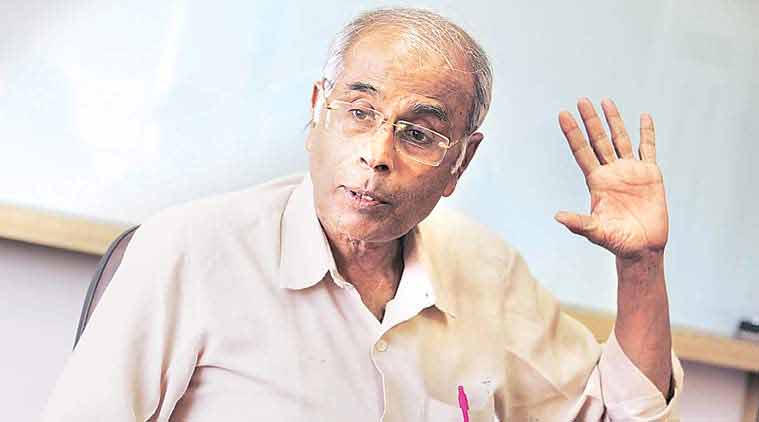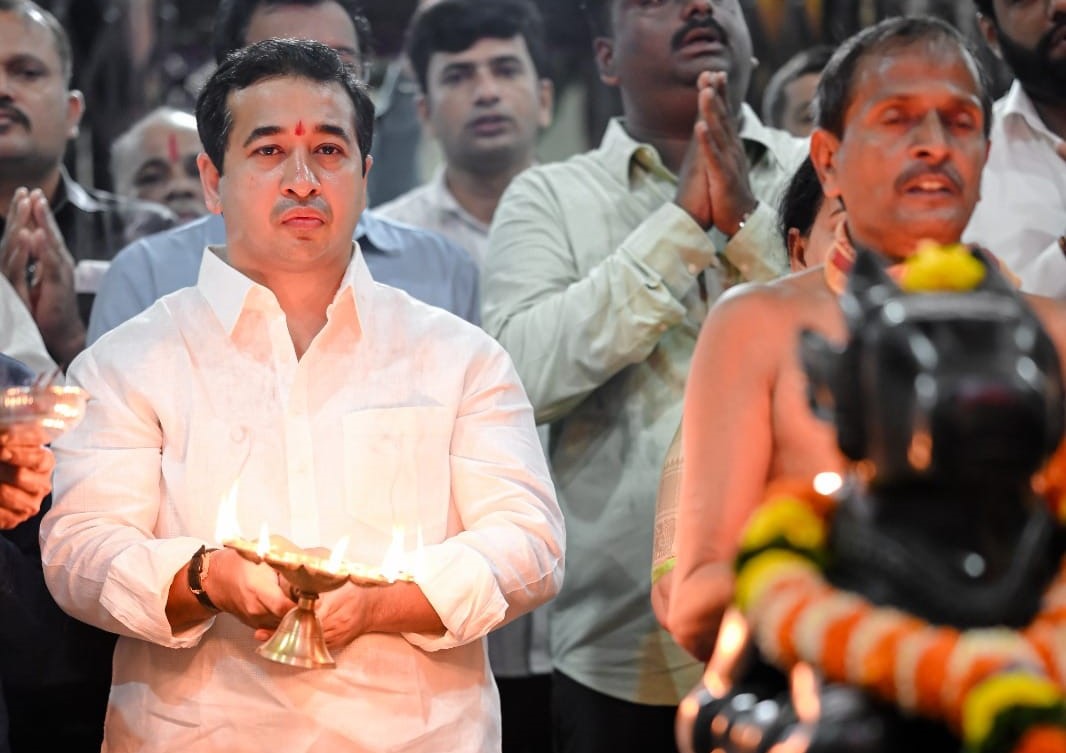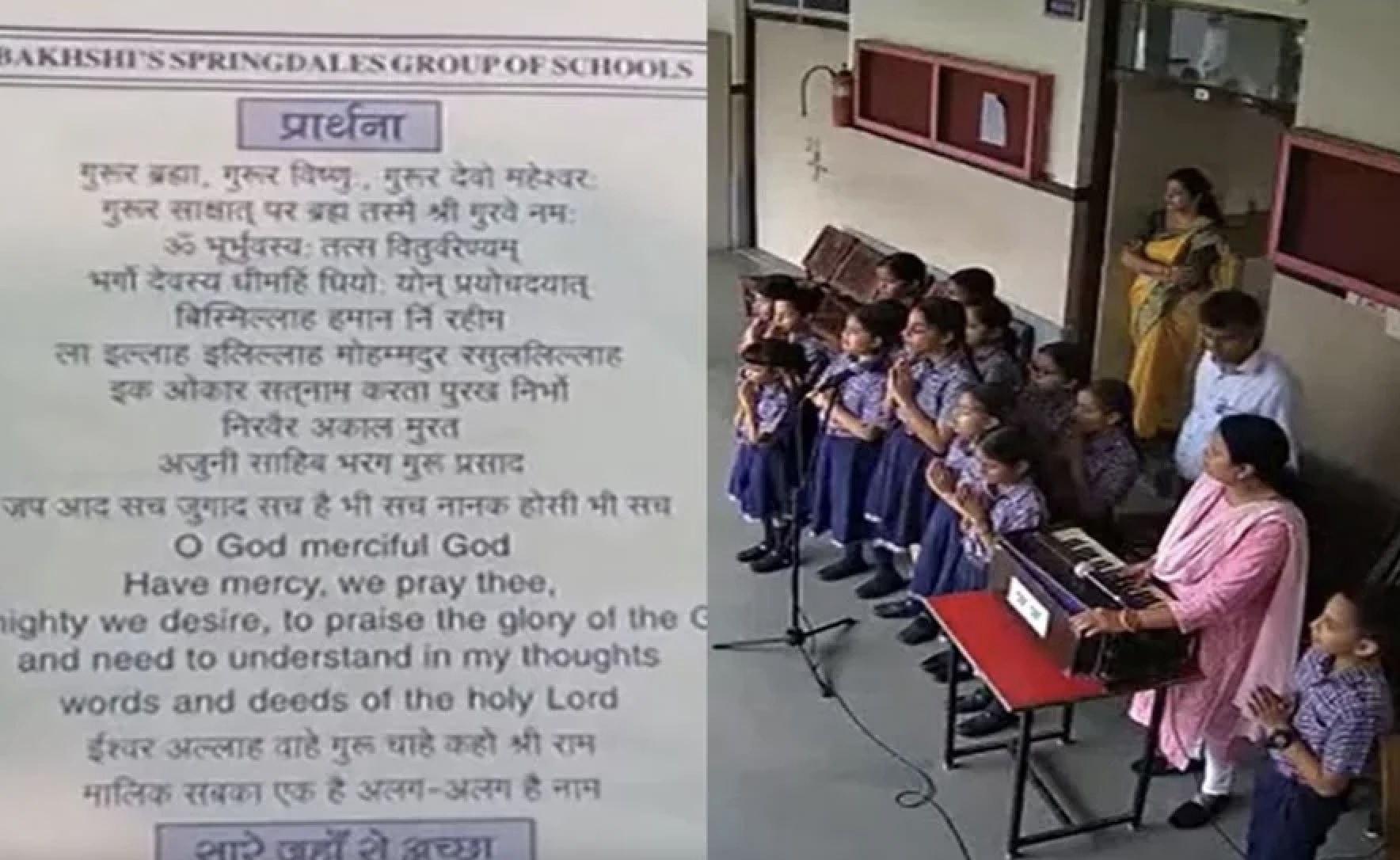
STATING THAT the Sanatan Sanstha administered drugs meant for schizophrenia and other psychiatric conditions to its sadhaks in its ashrams, the Special Investigation Team (SIT) probing the murder of CPI leader Govind Pansare has said the wives of two accused have given accounts of these drugs.
According to the chargesheet filed by the SIT, the women have not only given detailed accounts of life in the sanstha’s ashrams, they have also listed the drugs administered to them as ‘divine medicines’ during their stay there.
In her statement, Dr Nidhi Tawde, the estranged wife of accused Dr Virendra Tawde, has said that between 2013 and 2014, during her stay at the Panvel ashram, she was given a medicine for ‘spiritual healing’. When she looked at the drug prescribed by the ashram doctor, she found it was ‘amisulpride’, a medicine used to treat schizophrenia.
Elaborating how the outfit gave the sadhaks psychiatric medicines claiming this was ‘divine water’, Nidhi has said, “Every day at 8 ’o clock, Sadhika Sudheshana Pimpale used to fetch me a small glass of water in which two drops of some ‘divine medicine’ was added. We were told that it was tirtha or nectar. After drinking the said ‘divine medicine’, I used to feel a bit dizzy. Subsequently, I discovered that the ‘nectar’ given to me was actually ‘resperidone’ (a psychiatric drug),” she said.
“Later, I also learnt that around 30 to 35 sadhaks in the ashram were given the dosage of this psychiatric medicine every day. I also found out that the said dosages were given on the advice of Asha Thakur (one of the office bearers of the outfit). Other than resperidone, the sadhaks were also administered with different psychiatric medicines,” she added.
Nidhi claimed that when she confronted her husband over the medicines, he said they were meant to heal her. “I also learnt that my husband was also on the said dosages,” she said. Nidhi’s statement has been recorded under Section 164 of the Code of Criminal Procedure (CrPC).
Meanwhile, Shraddha, the wife of wanted accused Vinay Pawar, has detailed the life of sadhaks at the ashrams in Goa and Panvel.
Shraddha stated that a normal day would begin at 8 am with an aarti performed in the main prayer hall. The aarti was performed twice a day — at 8 am and 6 pm — and the sadhaks were given prasad (food) at 11 am.
Talking about the organisation’s founder Dr Jayant Athavale, Shraddha said a blue toilet mug used by Athavale was kept in the sadhana room where sadhaks prayed. “It is believed that due to the ‘divine powers’ of Athavale, the colour of the mug was fading. In the said hall, there were some clothes of Athavale which had ‘daivikaan’ (divine particles) on it. Athavale worked towards preaching religious scriptures to members of public,” her statement read.
Athavale professed that people who oppose Hindu religion are ‘durjan’ (villains). “While I never met Comrade Pansare, I read about him in the Sanatan mouthpiece which stated that Pansare was working against the Hindu religion,” her statement added.
On Vinay’s disappearance, Shraddha said, “Soon after the 2009 Goa blast, Vinay told me that he is going out of town for ‘sadhana’ and would return in a month’s time. However, I had the faith that he would return someday and therefore I never approached the police.”
On February 16, 2015, two motorcycle-borne persons had shot at Pansare and his wife Uma Pansare when the couple was on a walk near their residence in Ideal Society, Sagarmal in Kolhapur, around 9 am. A bullet hit Uma’s head, causing a fracture in her skull. She survived the attack but suffered paralysis. Pansare was shot with a 7.65-mm firearm.
Last week, the SIT filed a supplementary chargesgeet against Tawde and had named wanted Goa blast accused Rudra Patil, Sarang Akolkar and Vinay Pawar as wanted accused in the case. Sameer Gaikwad, a Sanatan Sanstha member has already been chargesheeted in the case in 2015.
This story first appeared here on December 07, 2016.






